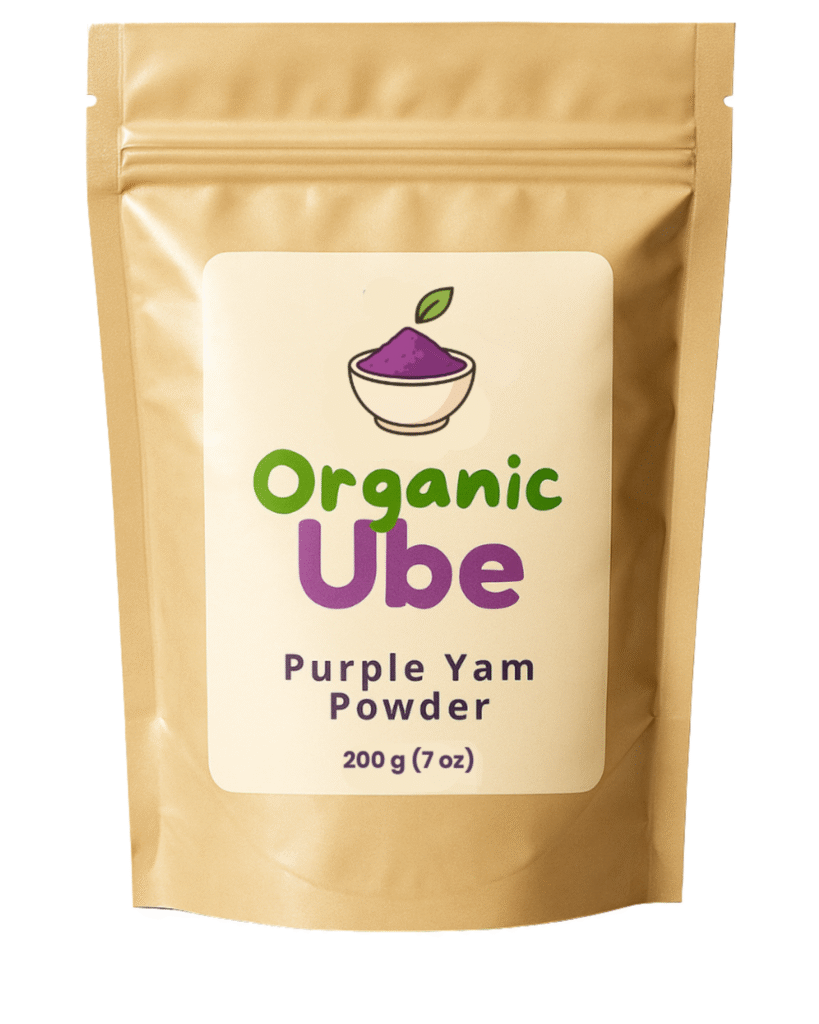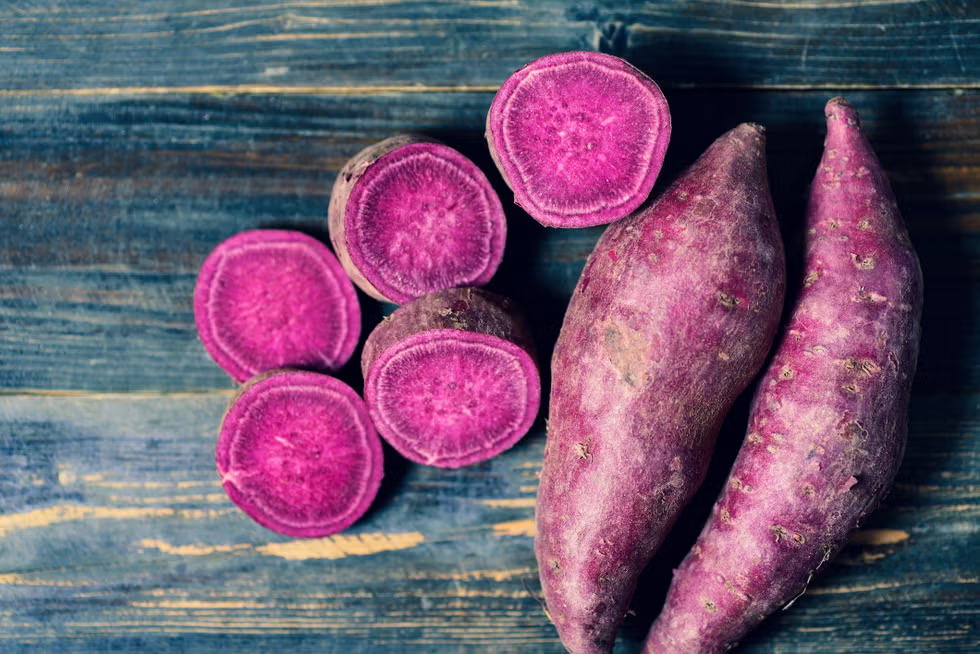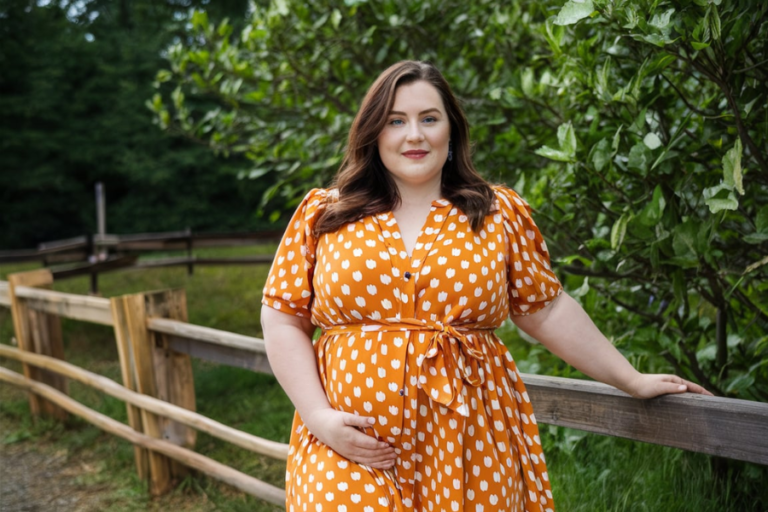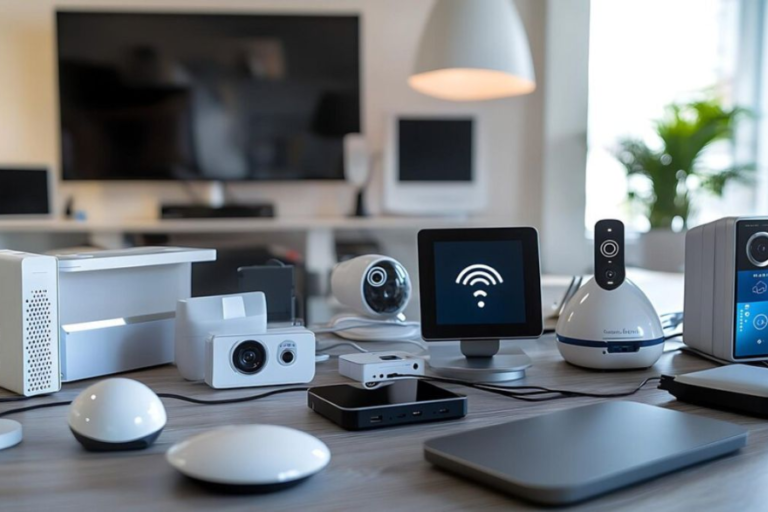Ube in the USA: How the Purple Yam Became America’s New Food Obsession
A New Star Ingredient
Over the last few years, a vibrant purple ingredient has been popping up in cafés, bakeries, and Instagram feeds across the United States: ube, also known as purple yam. Originally from the Philippines, ube has long been a staple in traditional desserts like halaya (sweet jam) and halo-halo (layered shaved ice). Today, it’s one of the most exciting trends in the American food scene.
With its stunning violet color, naturally sweet flavor, and nutritional benefits, ube is capturing the attention of both foodies and health-conscious consumers.
Why Ube Is Everywhere
The popularity of organic ube in the USA can be traced to several key factors:
Instagram-worthy visuals: The deep purple hue makes any dish instantly photogenic.
Unique flavor: Nutty, vanilla-like, and slightly earthy, ube offers something different from mainstream flavors like vanilla or matcha.
Cultural influence: The growing Filipino-American community has helped introduce ube to a wider audience.
Health appeal: Rich in antioxidants, fiber, and vitamins, ube is considered a nutrient-dense superfood.
Ube in Cafés and Restaurants
Walk into a trendy café in Los Angeles, San Francisco, or New York, and you’re likely to see ube lattes or ube pastries on the menu. From coffee shops to upscale dessert bars, chefs are finding creative ways to incorporate this purple yam into their offerings:
Ube Latte : A creamy, colorful alternative to traditional coffee drinks.
Ube Cheesecake : A fusion dessert that blends classic American flavors with Filipino roots.
Ube Donuts : Bright, flavorful, and perfect for social media.
Ube Ice Cream : A refreshing, eye-catching treat gaining popularity nationwide.
This rise in popularity shows how ube is bridging cultures while catering to America’s appetite for innovation in food.
The Social Media Effect
One of the biggest reasons ube has become a household name is the power of social media. On Instagram, hashtags like #ubelate, #ubedessert, and #ubeicecream showcase thousands of posts featuring colorful, mouthwatering recipes.
TikTok has also played a huge role, with short videos of baristas pouring ube lattes or bakers glazing purple cakes quickly going viral. Food bloggers and influencers highlight ube as both a unique flavor and a visual element that drives engagement.
In today’s digital culture, it’s not just about how food tastes- it’s about how it looks and how shareable it is. Ube ticks all the boxes.
Ube as a Superfood

Beyond the trendiness, ube is valued for its nutritional benefits. Like other purple vegetables, it contains anthocyanins, powerful antioxidants linked to heart health and reduced inflammation. It’s also high in fiber, supporting digestion and helping with satiety.
For consumers looking for healthier alternatives to artificial colors and flavors, ube offers a naturally vibrant solution that enhances both the look and the nutritional value of meals.
A Cultural Bridge
Perhaps one of the most meaningful aspects of ube’s rise in the USA is its role in cultural exchange. For Filipino-Americans, seeing ube featured on menus nationwide is a source of pride and recognition. For others, it’s an opportunity to experience authentic Filipino flavors while experimenting with modern food trends.
The popularity of ube is a reminder that food is more than just sustenance-it’s a way to connect cultures, spark curiosity, and celebrate diversity.
Final Thoughts
From the streets of Manila to the cafés of New York, ube has become a global phenomenon. Its combination of health benefits, unique taste, and Instagram-ready aesthetics makes it a perfect match for today’s food culture.
Whether you try it in a latte, a slice of cheesecake, or a scoop of ice cream, one thing is clear: ube is here to stay in the USA. And with more restaurants, bakeries, and cafés embracing this purple yam, the future looks brighter-and more colorful-than ever.
Keep an eye for more latest news & updates on Ny Tribune!






